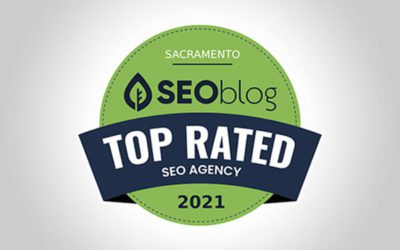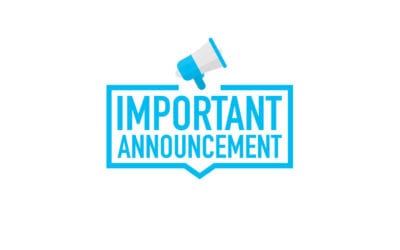3 Simple steps to help you write Engaging and Effective Content for your website
Step #1: Clearly define the goal of your content
To avoid a diluted message, your content goal should not be too vague. General objective statements like, “attract more website traffic” or “inform my customers of a promotion” are too general and do not help develop an effective content strategy.
The real purpose of your content emerges from the questions – why and what?
Why do you want to generate more traffic or market a new promotion? A common response we hear from clients is to increase the number of website conversions, which indicates that the desired audience response to your message is achieved.
What is the action that you would like the audience to take after reading your content?
The call to action, solicited by the content, can be in the form of the completion of a questionnaire providing contact information or the purchase of a product. The desired action should be drawn from the defined purpose of the content. If your content goals are to educate your audience about a new product to generate sales, don’t waste time telling your audience about a recent company event.
Step #2: Identify your target audience and buyer persona
For many businesses, historical purchase records are great indicators of your audience. The demographics associated with your target audience can be collected from past purchase transactions. Useful data like audience age, gender, physical location and other information can be gathered throughout the online checkout process.
Ideally you want to go from your broad target market down to a buyer persona, which is a representation of your ideal customer based upon market research and existing customer data.
To identify your buyer persona, start with the broadest description of your target market. For example, begin with “women that are looking for carpet cleaning services” and filter the demographics or personal attributes to appeal to the targeted buyer persona like “women between the ages of 25 and 70 located in the city of Sacramento, with large homes looking for an affordable carpet or rug cleaning service.”
Step #3: Content word choice and structure
As you review the content, consider the perspective of your target audience to ensure your content can be easily understood. Using language your audience will quickly understand is key to effectively communicating your content but equally important is how your content is structured. Content should tell a story and have a logical progression of information that the intended audience can easily follow from start to finish. The order of your content not only helps keep your audience from getting confused but also helps direct your audience toward your content goals.
Coming in January! Writing Content for Specific Pages on Your Website.
Contact Our Team
Don’t know where to start or can’t find the local talent you need to launch your new digital masterpiece? Let our team of experienced professionals help you map out your next project or fix an existing one that needs attention.



